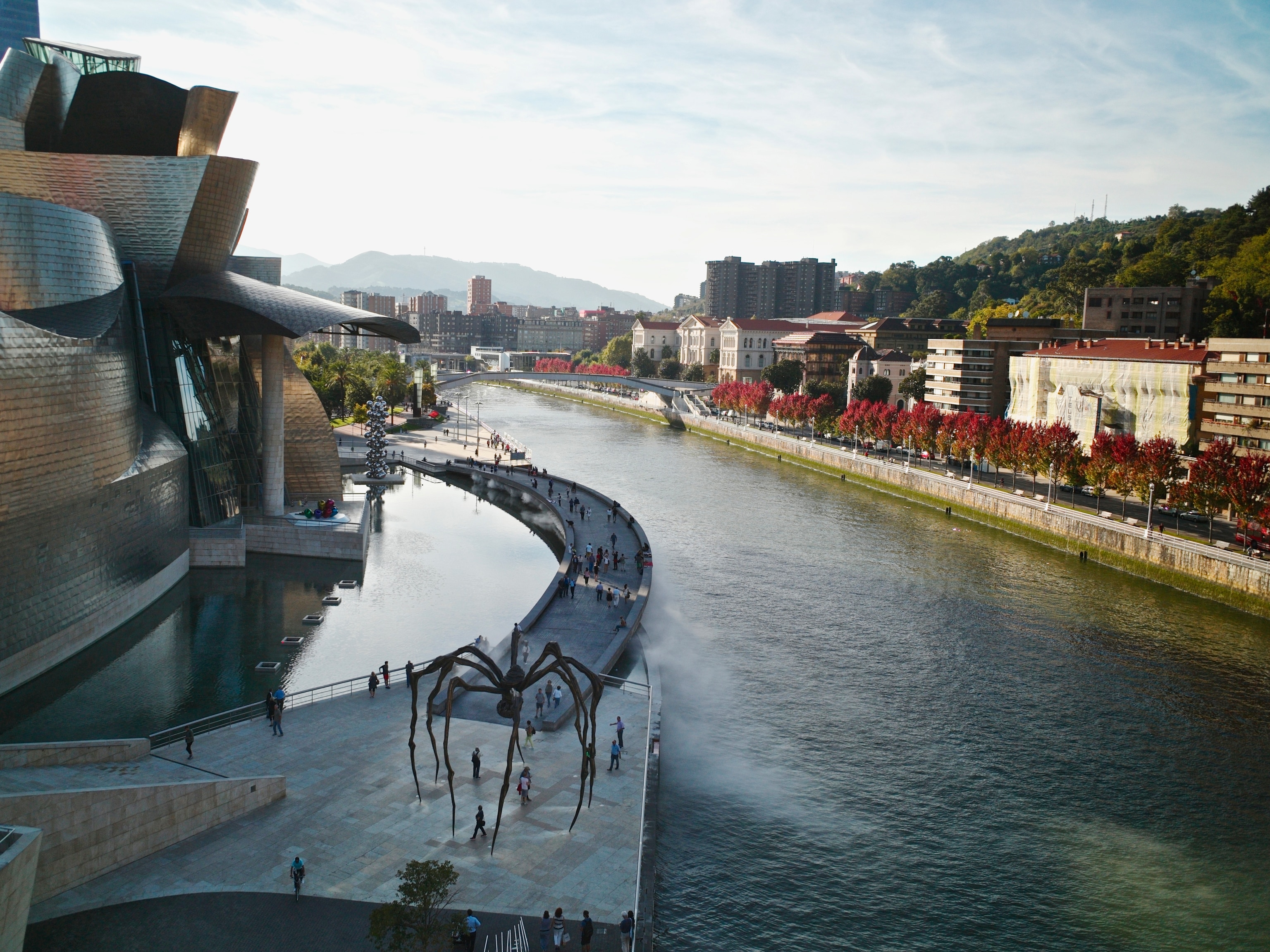
Visit the World's Only Carbon-Negative Country
Bhutan has built sustainability into its national identity.
Bhutan is arguably the world’s happiest country. It’s also one of the greenest. That’s no coincidence. In fact, King Jigme Singye Wangchuck developed his signature Gross National Happiness index based on four pillars: sustainable development, environmental protection, cultural preservation, and good governance. Other countries have taken note, since the Himalayan kingdom is not only carbon neutral, but carbon negative.
Also noteworthy: This is happening despite increasing tourism. One of the ways foreigners can contribute to the country’s conservation efforts is counterintuitive: by visiting.
As a travel destination Bhutan remains unique, sandwiched between its heavily industrialized neighbors China and India. The isolated nation only opened up to foreign visits in 1974 and allowed TVs in 1999.
Bhutan has built sustainability into its national identity. “Our enlightened monarchs have worked tirelessly to develop our country, balancing economic growth carefully with social development, environmental sustainability, and cultural preservation, all within the framework of good governance,” Tshering Tobgay, Bhutan’s Prime Minister said at a 2016 TED Talk.
In fact, the constitution mandates that 60 percent of its landmass be maintained and protected as forest. One of the ways the country maintains this is controlled, low impact tourism.
Unless you’re from India, Bangladesh, or the Maldives, you’ll need a visa to explore this cheery pocket of south Asia—there is no independent travel. In addition to the visa ($40), tourists must pay an additional $200 to $250 “Minimum Daily Package Fee” and book through an officially approved tour operator. The fee can confuse or put off potential visitors, so it’s worth clarifying what it is. It covers lodging in three-star accommodations (extra luxury can be had for a premium), all meals, a licensed tour guide, camping and trekking equipment, domestic travel (excluding flights), and taxes and fees.
A daily sustainable development fee of $65 is also included in the package. This goes towards funding education, healthcare, and poverty alleviation, along with the building of infrastructure to accommodate growing tourism.
“The health facilities in Bhutan are free and education up to high school is also free. For those who advance, the education is free until the [college] degree,” a representative of the Bhutan Tourism Council wrote in an email.
- National Geographic Expeditions
There are many reasons Bhutan is carbon negative. Aside from its protected forests, it has won world records for planting the most trees per hour, says Erin Levi, the author of the forthcoming Bradt Travel Guide to Bhutan.
“The ratio of people to land mass—it's about the same size as Switzerland with just one tenth the population. Its slow path to development—the first road was only built in the 1960s, which also means people were very slow to get cars,” Levi said.
But that’s not to say the country can be complacent. “Now, however, for the first time there is rush hour traffic in Thimphu, the only capital in Asia that has no traffic lights.”















